Review: UAD Spark – Native UAD plug-ins for USD 20 per month
Last week, Universal Audio riled up the pro audio community with a surprise drop: a teaser trailer for a new product named Spark, coming March 30. I swear I knew just as much as most of you prior to announcement. When asked to test Spark for a launch day review, it was impossible to decline.
So, what is Spark? For starters, it’s UAD plug-ins going full Native (on Macs at launch, Windows to follow) with all the renowned effects and instruments. Later on, this may lead to an extensive music production platform in the cloud. That’s great news, but not exactly sensational – or is it? Let’s talk a bit why UAD Spark matters for most – including producers loaded with enough plug-ins and subscriptions to last a lifetime.
UAD Spark – Universal Audio plug-ins go Native and subscription-based
UAD virtual instruments and effects are highly polished emulations of iconic studio equipment, made either in-house or in partnership with leading developers like Softube. And, often under license from the original hardware manufacturers. Exemplary as it is, the software is pricy and exclusive to owners of Universal Audio hardware, such as the Apollo recording interfaces and Satellite DSP accelerator units. Both have on-board processors to run the aforementioned plug-ins at very low (imperceptible) latency.
Primarily, this makes software effects viable for tracking performances – ones that already ‘sound like a record’ – with just an audio interface. It also helps take considerable stress off your computer’s CPU, especially during mammoth recording and mixing sessions for film and orchestral audio. Lastly, it lets UA maintain its longtime hardware + software ‘ecosystem’ business model, which is as successful as it is inherently restrictive.
Lately we’ve been observing a shift in thinking inside the Universal Audio head office. It has been exemplified by the manufacturer’s broad expansions into new product categories, such as microphones and entry-level interfaces. Spark is the newest example of UA trying something new that also makes a lot of sense. Spark could put the UAD name on the broader audio developer map and attract new customers. Some of them may have been held back by the requirement of UA gear ownership. Others may be entering the UA ecosystem via its entry-level interfaces and shouldn’t be excluded from UAD plug-ins just because they lack DSP. In all, UA has seemingly nothing to lose by setting its plug-ins native. And the time for that is now. Here are my impressions from using Spark.
UAD Spark – review and impressions
Setting up Spark isn’t any more complicated than anything modern producers are already used to. First off, you’ll need an iLok ID to authorize the software. If you don’t have one, you must register at the iLok website and install the free iLok License Manager application. Next, you must create a UAD account and download the UA Connect installer. Once launched, the installer will have you link your UAD account with your iLok account. This is the first time you will be mildly bothered by copy protection. The second is waiting a few seconds for each plug-in to authorize from the cloud once you launch it inside your DAW.
For the time being, the UA Connect application is all about Spark. It will automatically download and install the initial offering of 4 instruments and 10 effects. Mercifully, the 9.6GB Ravel Grand Piano is an optional download. I’m sure Ravel is indeed grand, but there are more interesting plug-ins beside it, and not nearly enough gigabytes! Other features in the UA Connect app include adding new products (when they are available) and the options of changing the Instrument Content and License locations. The latter are very convenient for storage management and moving between computers.
UAD plug-ins vs. DSP – 14 : 0
- The UAD Opal hybrid analog/wavetable synth · Source: UAD
- The UAD Minimoog emulation · Source: UAD
Onto the plug-ins! They are delivered in 64-bit VST3/AU/AAX formats. Predictably, I headed straight for the Spark-exclusive and all-new Opal virtual synth. It’s a badass 3-oscillator hybrid analog/wavetable synth with a hardware-inspired workflow and integrated UAD studio effects. No, it doesn’t offer anything which hasn’t been done admirably in other softsynths. Yes, it delivers hearfelt, wholesome grit! Opal is a competent modern synth made with love and understanding of what it’s all about. I think it has plenty to offer in the oversaturated softsynth realm. Well done, UA!
Likewise, the Moog Minimoog Synth is firmly on-point. It’s a Minimoog! I hear those are great for bass. As for the Waterfall B3 organ, I can’t really share anything worthwhile about it. I do get kicks out of the ‘Highway Star’ solos, but I think organs are cheesy. If that’s your thing (no judging), you’ll probably love UA’s B3 emulation.
The UAD 1176 and LA-2A collections cover the most desirable flavors of the vintage compressors they model. There’s 3 revisions of each and they all rule. I also like how the virtual knobs feel incredibly smooth and precise, and the GUI is always sized properly. It makes a world of difference when highly deliberate tweaking is called for. Obviously, you can get 1176 and LA2A emulations of the same caliber from many other major audio developers. But if you don’t have some already, or you know and love the UAD ones, they are more than welcome. The same goes for the API 2500 Bus Compressor and API Vision Channel Strip plug-ins. These are some of the finest American console sound emulations around. Thus, I’m glad to see them reach beyond the DSP horizon.
Time-based effects
Next up, the Galaxy Tape Echo (modeling the Roland RE-201), Lexicon 224 Digital Reverb, and Pure Plate Reverb round out Spark with classic time-based effects thst never cease to cut it. I like the Pure Plate Reverb, in particular. It’s a tweakable and great-sounding effect that’s somehow distilled to its very essentials and, therefore, very easy to use. Finally, the Neve 1073 Preamp & EQ and Studer A800 Tape Recorder plug-ins provide the essence of ‘sounding like a record’ for your DAW.
Conclusion
Using Spark has been a smooth experience from the get-go. The initial plug-in offering is strong enough to convince users into at least trying the service. If UA’s plans include bringing all of its plug-ins to Spark on a subscription basis, it’s a guaranteed success. As it stands, though, choosing to spend the asking price of USD 20 / month or USD 150 / year on competing subscriptions by Slate Digital, Plugin Alliance, Waves, iZotope, Native Instruments, and the like gets you several times more than just 14 amazing plug-ins. Spark has the quality, but it has to grow. Unless UA keeps too much stuff DSP-exclusive, there’s no other reason I can think of why that won’t happen. Spark is a solid start and a means of affordable access to the manufacturer’s traditionally pricey software.
Price and availability information
Currently, Spark runs natively on Mac, with Windows coming later this year. There are two price options, which are USD 19.99 per month or USD 150 per year. UA hardware owners who purchased a perpetual license for any UAD plug-in that’s featured in UAD Spark can download the Native version for free. Additionally, Volt users are eligible for 1 free month of Spark and a 14-day free trial is open to everyone.
Learn more about UAD Spark
5 responses to “Review: UAD Spark – Native UAD plug-ins for USD 20 per month”

You are currently viewing a placeholder content from Facebook. To access the actual content, click the button below. Please note that doing so will share data with third-party providers.
More InformationYou are currently viewing a placeholder content from Instagram. To access the actual content, click the button below. Please note that doing so will share data with third-party providers.
More InformationYou are currently viewing a placeholder content from X. To access the actual content, click the button below. Please note that doing so will share data with third-party providers.
More Information
 3,5 / 5,0 |
3,5 / 5,0 | 
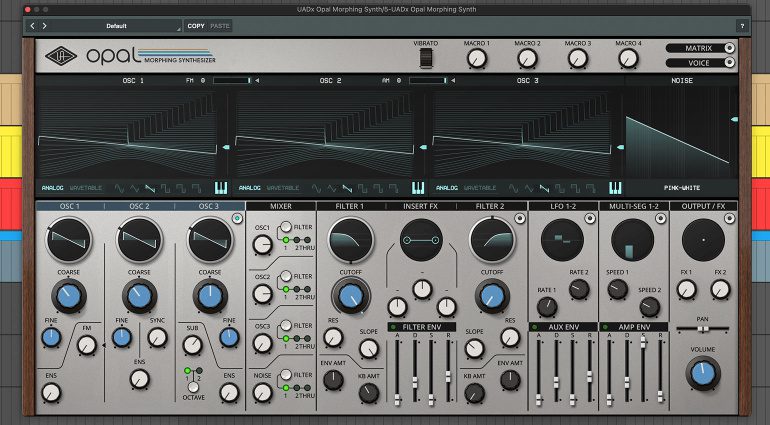
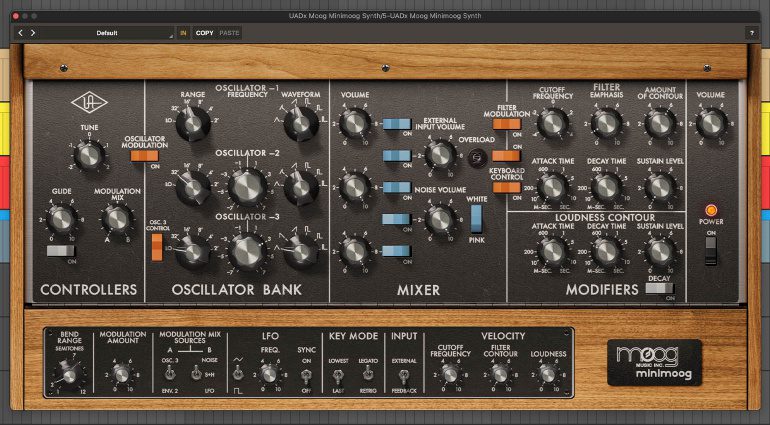





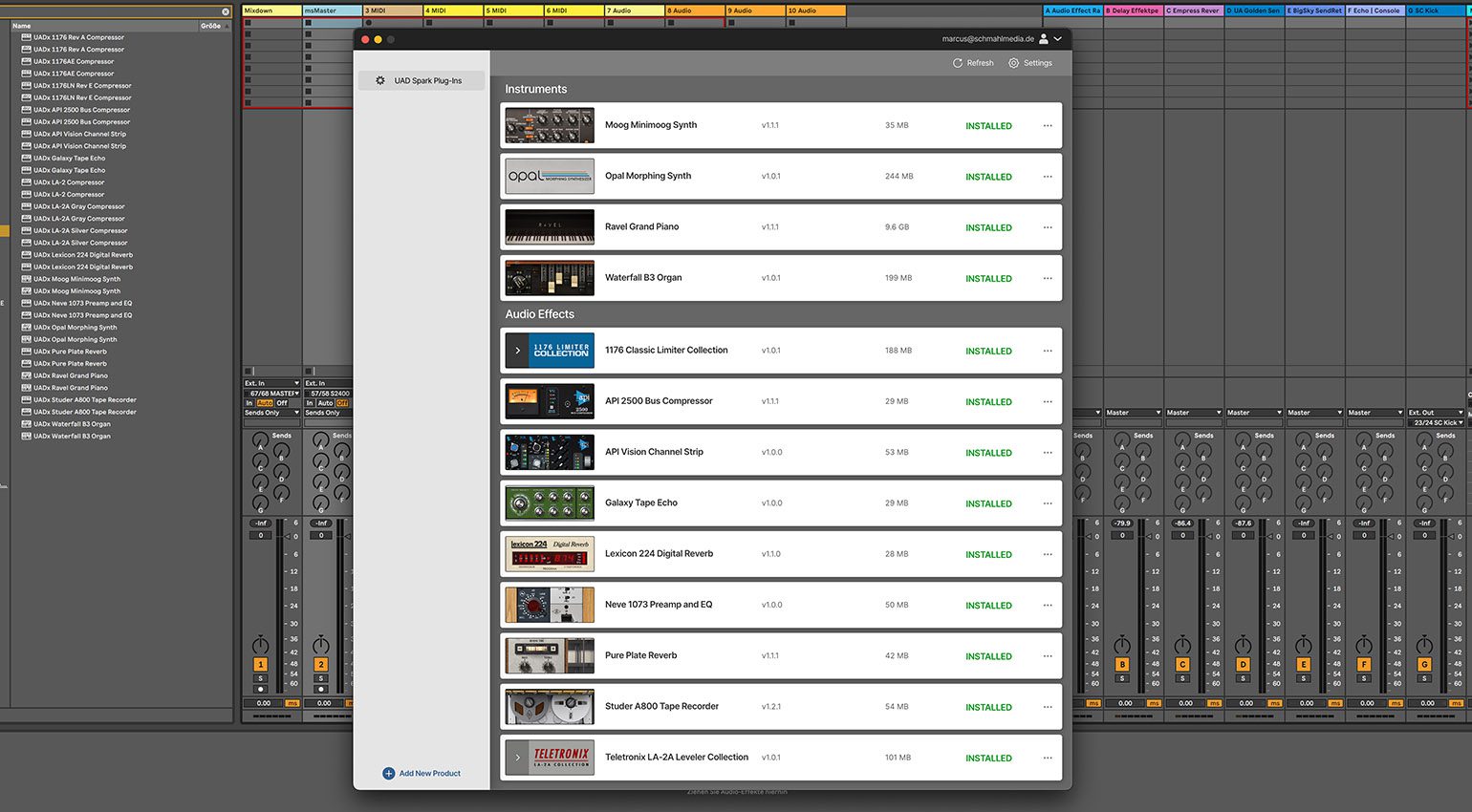
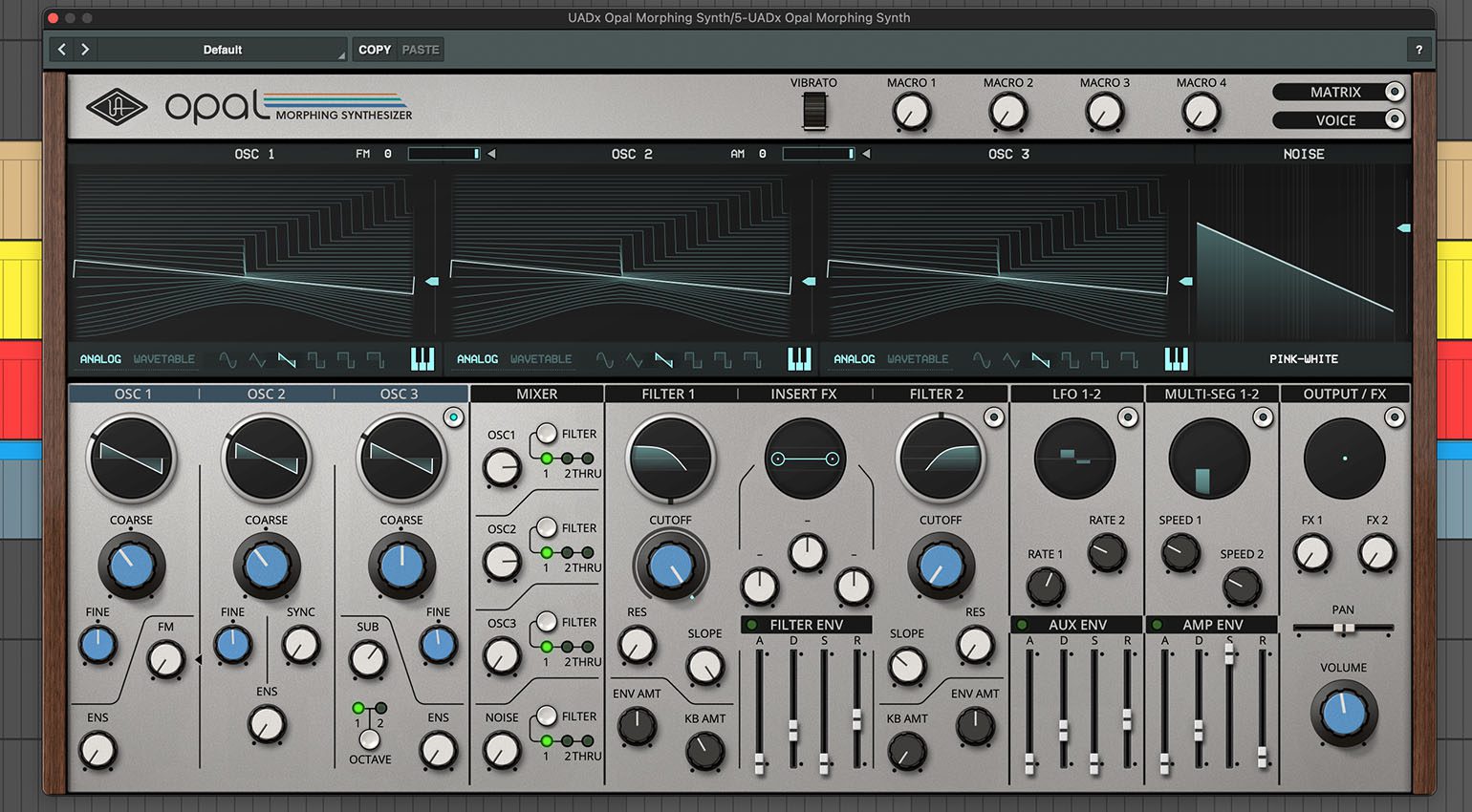


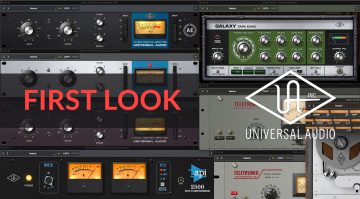



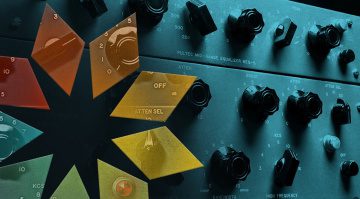
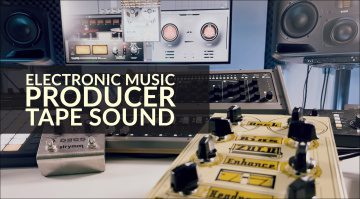
Requires internet connection at all times. The moment there’s a drop you have to relaunch your DAW to continue using. Very limiting. Very annoying.
Requires internet connection at all times. The moment there’s a drop you have to relaunch your DAW and re-establish a connection to continue using. Very limiting. Very annoying.
If net is required at all times, then I’m def not signing up. I was looking at this and was about to pull the trigger. This requirement counts me out 100%.
subscription only is lame. If they offered individual plugins for purchase I’d be all in. but there’s zero chance I’ll subscribe to their “service”.
I have universal audio apollo solo. Thier plug ins are way too expensive compared to other companies that offer far more for less. I like my solo and it is great hardware and has a few plug ins that are great. I wanted to try this but having network connection at all times is a no no. I have high speed but no one wants to loose access while in a session if internet goes down.
So that’s a NO No for me.